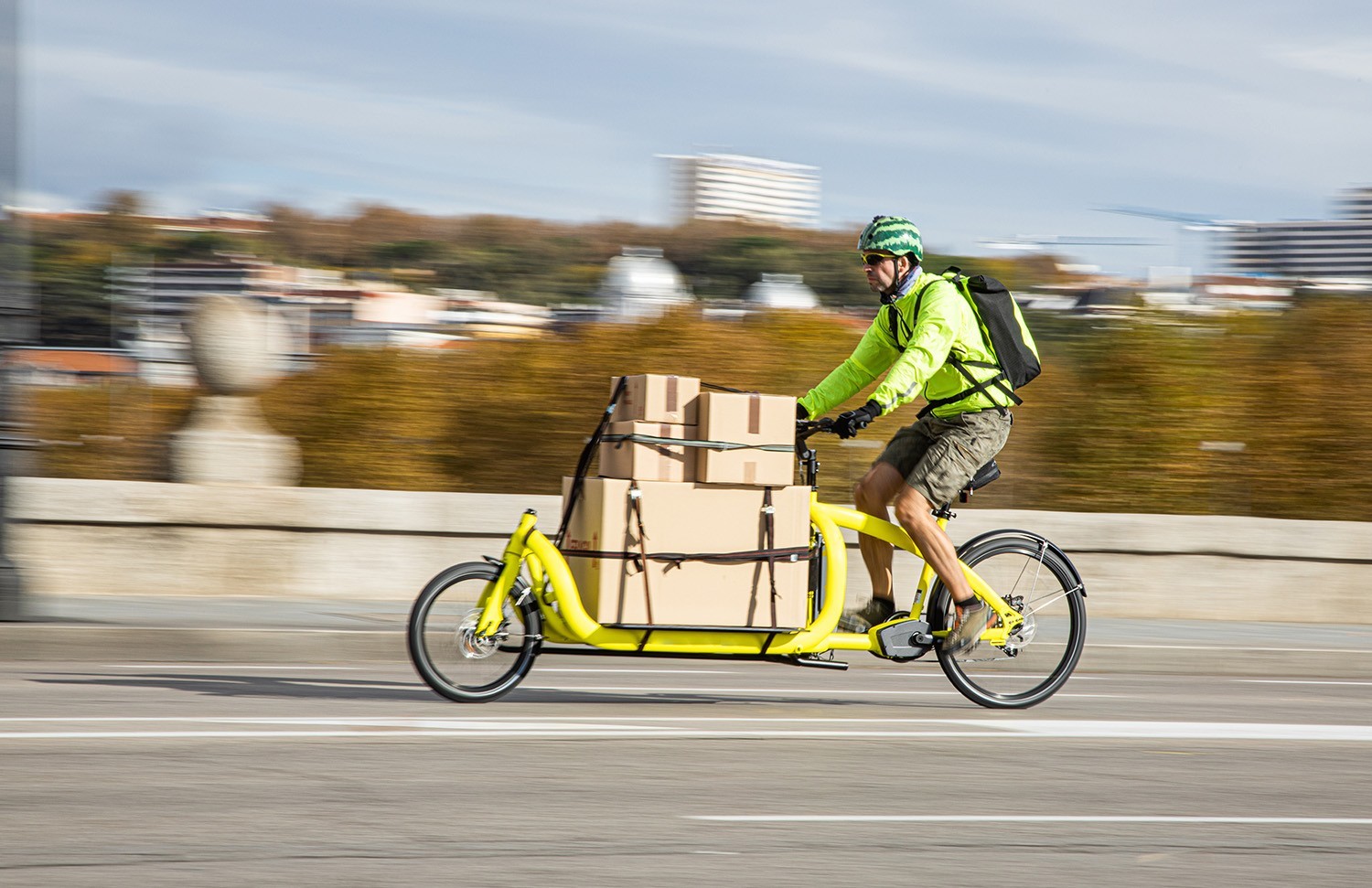Busy lifestyles, smaller households, aging populations, urbanization, and most importantly, being more online during the COVID-19 pandemic have revolutionized and evolved traditional e-commerce. The new level is Q-commerce (quick commerce). It brings a new speed, more customization and complexity, fresh challenges and fresh opportunities for growth. We introduce you to the new trend, show the differences to traditional e-commerce and highlight the consequences for the packaging industry and B2B business.
E-commerce is a powerful example of how quickly and dynamically markets and their framework conditions can change. This development, which is disruptive in parts, in turn has repercussions for e-commerce, which is evolving accordingly. The new level is called Q-Commerce.
Q-Commerce
Quick Commerce has speed as a central factor. It therefore falls within the scope of Delivery On Demand (DOD). Characteristics of Q-Commerce are:
- small quantities delivered in periods of 10 to 60 minutes and
- a strong dependence on new technologies that can process customer inquiries within the shortest possible time. Chatbots, for example, are being used.
Typical companies for the Q-commerce sector are food suppliers such as Delivery Hero, Food Panda or Gorillas.
Differences to E-commerce
The main difference between E- and Q-Commerce lies in the time factor. But the means of transport, product range, target groups and delivery areas also show differences.
- Time factor: In E-commerce, consumers expect delivery times of one to three days. With Q-Commerce, delivery takes place within one hour.
- Transport factor: While E-commerce relies on four wheels and delivers by truck and van, Q-Commerce relies on two-wheelers.
- Product range factor: Q-Commerce typically offers only a small product selection. Instead of mega-department stores as in E-commerce, Q-commerce has isolated, local stores or small department stores, which favors fast delivery.
- Target group factor: In E-Commerce, the focus is on multi-person households with higher price sensitivity. Q-Commerce primarily targets single-person households that are willing to spend more money.
- Delivery areas factor: While E-Commerce targets both urban and rural populations equally, Q-Commerce is tailor-made for the city through its warehouse infrastructure and transportation means.
B2C paves the way for B2B
Q-Commerce is currently a trend in the B2C sector. However, experience shows that B2C trends often point the way to developments in the B2B segment as well. The “impulsive buyer behavior” characteristic of Q-Commerce, with smaller order sizes and faster delivery times, is already evident at the B2B level as well.
Consequences for the packaging industry
For the packaging industry, the trend towards individualization means increased complexity, which is reflected in smaller batch sizes and thus in more delicate, flexible and faster handling concepts.
In the future, it is conceivable that the B2B segment of the packaging industry will also develop a desire for “delivery on demand” and unscheduled orders where deliveries are expected within a very short time.
The bottom line is that companies in our industry must provide new and intelligent solutions in terms of delivery, storage and service. New business models and the expansion of previous business models are thus on the agenda. Only in this way will it be possible to meet the challenges of ever more closely meshed value chains and ever more complex customer requirements, while at the same time tapping new potential for growth.

